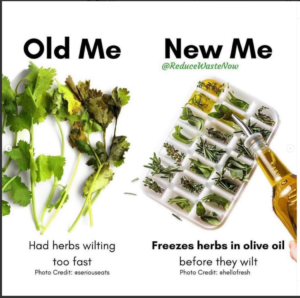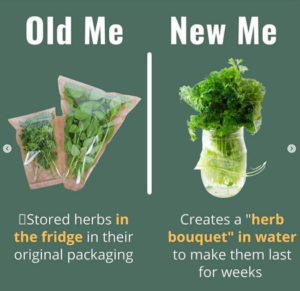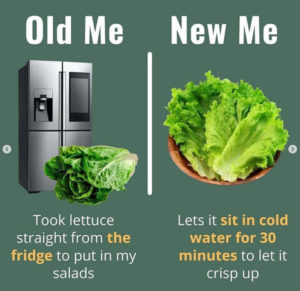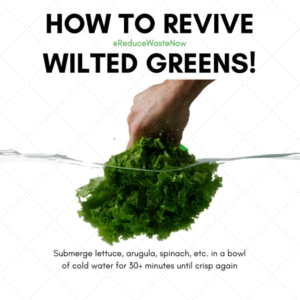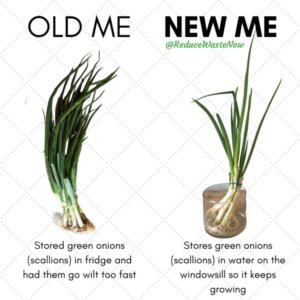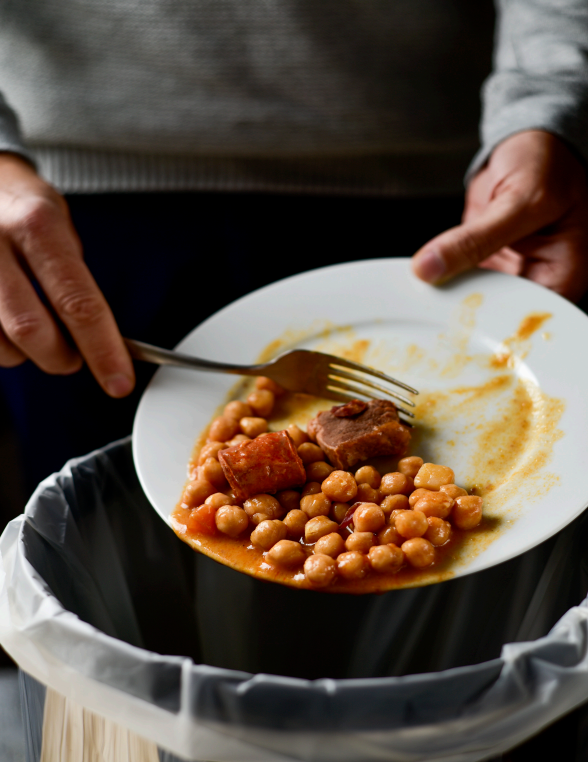
Take Action on Food Waste
Proper storage and knowing about best before dates will help stop spoilage and waste.
Food storage
- Keep and use leftovers for another day’s lunch or dinner
- Organize your pantry and refrigerator to better see what you have on hand
- Label and date containers and practice FIFO – first in, first out so older items are used first
- Store fresh produce properly so they last longer
- Zero Waste Food Tips: Find tips, tricks, and zero-waste food hacks to enjoy all taste with zero waste.
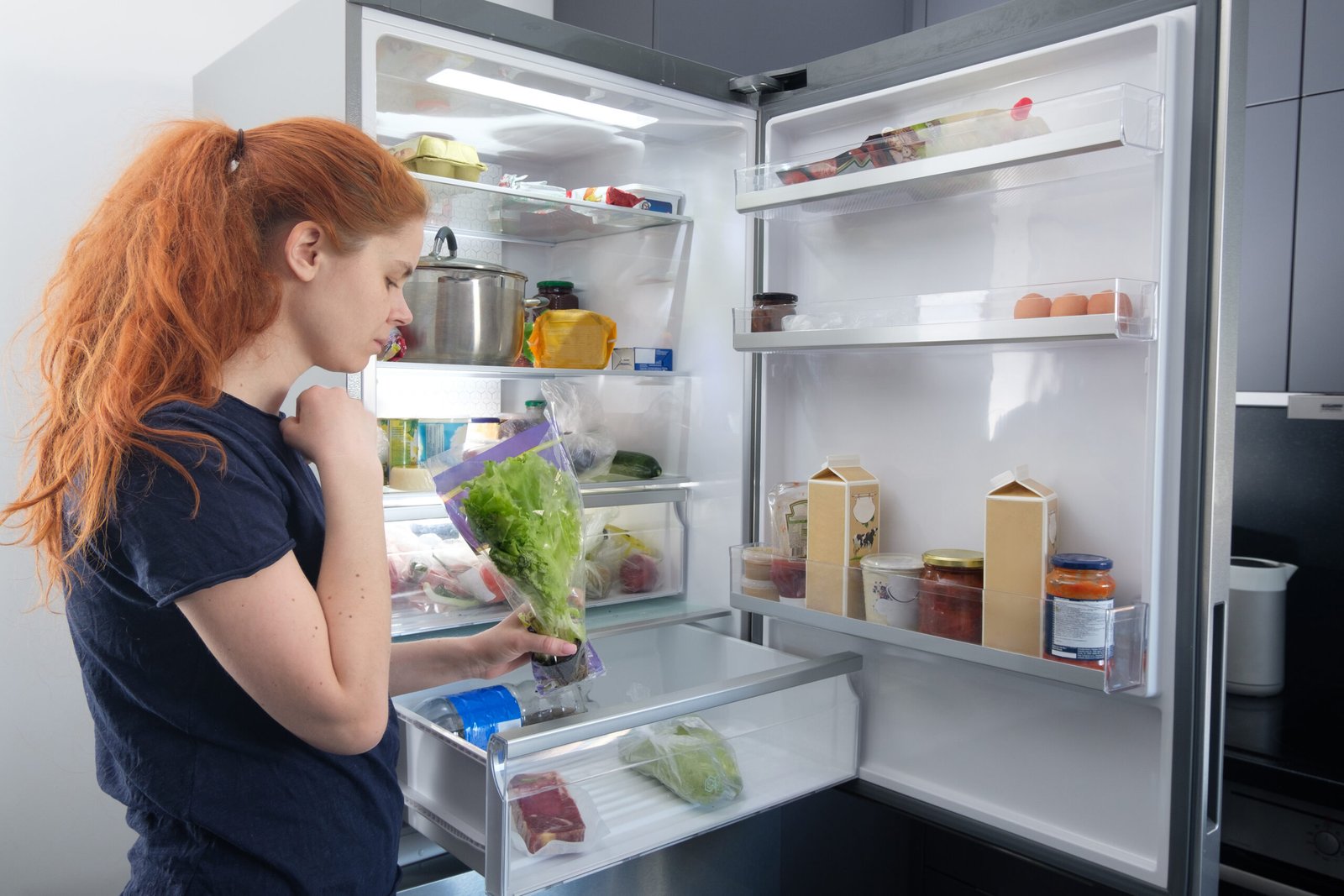
STORE
Understand food labelling date
Most food are labelled in supermarkets and retailers, and understanding what these labels mean can help you organise your food shopping:
1. “Sell by” date
This is the date the retailer should display the product until withdrawing it from the shelves. This date does not indicate that the food has spoiled, but merely specifies the day that it will be past its best quality. The food is still safe to consume.
2. “Best if used by (or before)” date
This date is for sellers and indicates when the food will be at its best quality to eat. It does not mean the food is inedible after this date, but merely informs the customer of when the best time to consume the food will be for it’s flavour and freshness etc.
3. “Guaranteed fresh” date
This date refers to the date when the item is at its optimal freshness. This is usually used for bakery items.
4. “Pack date”
This is usually the date on canned or packaged food. This date tells us when the product was packed. It does not indicate when it needs to be consumed by.
5. “Use By” date
This is the last date that the manufacturer guarantees the product to be at its maximum quality.
6. “Expires on” date
This date refers to the date that it is recommended that the product should be consumed by. If you decide to eat the food after the date, it is at your own risk.
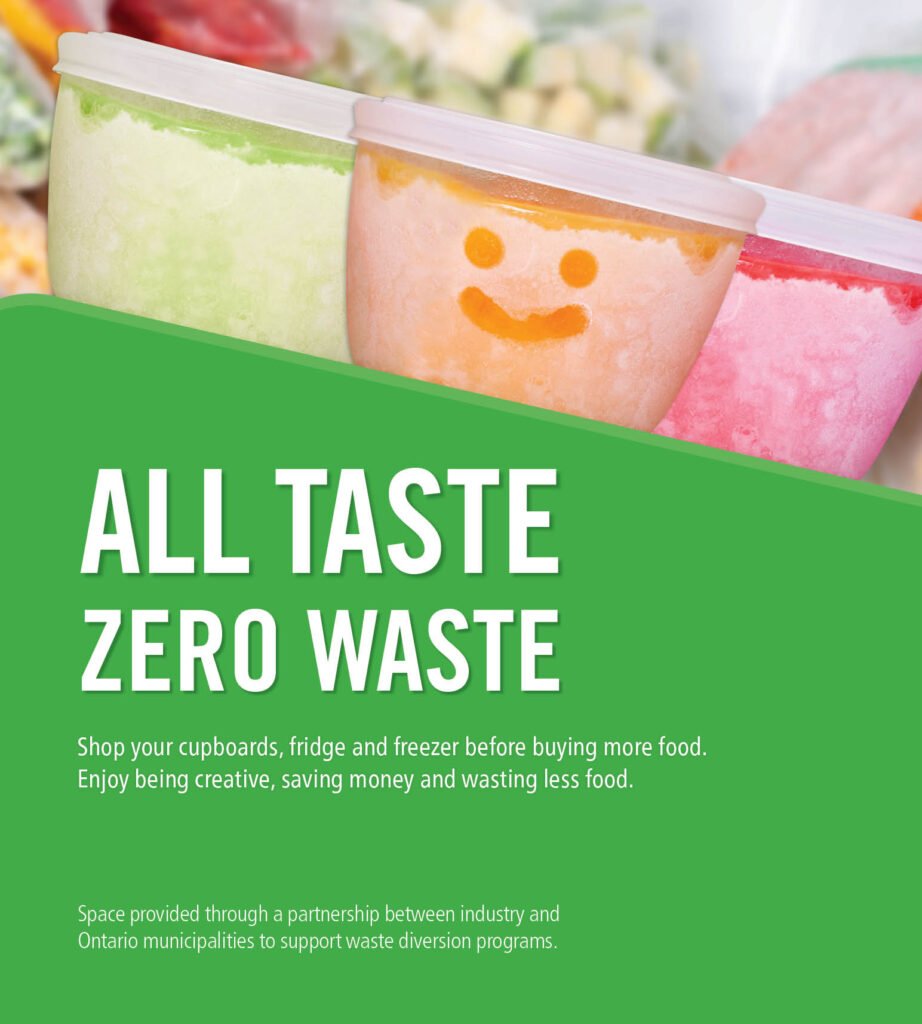
Useful Links
- Printable Refrigerator storage tips from the York Region Good Food
- Printable Shelf life chart from the York Region Good Food Program
- Cold storage guidelines from York Region
- Safe Food storage guidelines from the Government of Canada
- What does the “best before” date on food packaging really mean? – CBC’s, The Current, dispels the myths around best before dates
Zero Waste Food Tips


